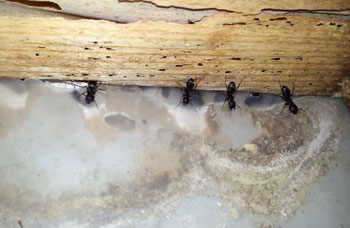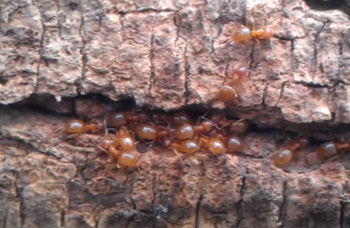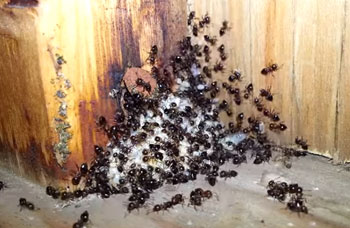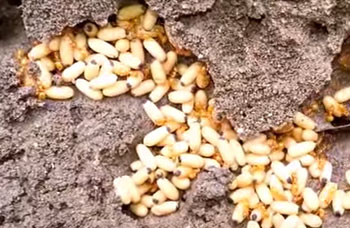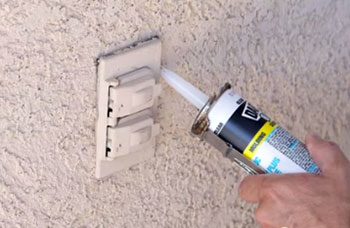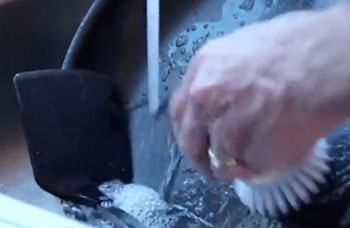Ant Types & Facts
Field Ant Facts
- Typically no longer than 1/8th of an inch; yellowish brown to dark brown in color.
- Outdoors they typically nest near moisture sources and in dead or decaying wood.
Ant Photos
-
 Carpenter Ants
Carpenter Ants -
 Carpenter Ants
Carpenter Ants - View More Photos
Field Ants
Field ants are one of the most diverse types of ants in the world, boasting over 150 species worldwide. Also called mound ants, wood ants and thatching ants, these insects subsist primarily off of a sweet substance known as honey-dew, derived from insects such as mealy bugs and aphids. Field ants can vary widely in coloration with yellow, red, black and bi-colored red and black combinations all known to exist. These insects can be found throughout the United States.
What Are Field Ants?
As there are a wide variety of field ants in the world, it is not possible to make many generalizations. They tend to construct their colonies in the ground near trees, fences, sidewalks, rocks and other lawn and wood debris, and some species are known to use leaves, stems and pine needles in the construction of their nest.
Field ants themselves typically are typically between 3 and 10 mm large. They feature an uneven thorax, a single node and three simple eyes in between two compound eyes.
Field Ant Infestation
Field ants rarely invade homes, though they can construct large nests in a resident’s field or lawn. These nests, which lie low to the ground, can be eyesores and inconveniences when built along common walking paths. Furthermore, many Formica are able to secrete formic acid against any perceived threat, making run-ins with the creatures potentially painful.
How to Get Rid of Field Ants
Proper identification of the type of ant infestation is necessary for effective treatment. In the past, field ants have been commonly confused with carpenter ants, and if there is any question, an expert should be consulted on the matter.
For reasonably-sized nests, sealing cracks and crevices in the home’s foundation and walls is typically enough to keep out potential wandering field ants. Be sure to check along the window sills and all electrical and utility lines. The use of mulch near the home’s foundation is also discouraged as it is an attractive substance for their nests.
If a field ant nest has grown too large, it may need to be controlled through the use of insecticides. Complete saturation of the colony will be needed to ensure the elimination of the infestation.
